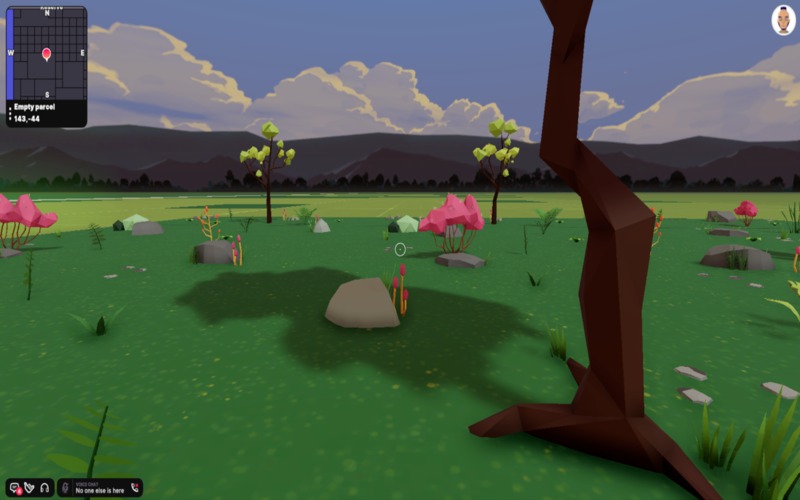After a brief trip into the heavily regulated Horizon Worlds, I embarked on a journey to a slightly stranger plain: Decentraland.
Hearing the tales of web3’s latest frontier, I expected the Wild West. I did find an untamed land dotted with small settlements, but there is no gold rush and there are no gunslingers. Ghost towns, however, are abundant.
Connecting to Decentraland
Ironically, most virtual reality platforms touted as the metaverse provide 3D worlds that are only accessible through 2D screens.
Decentraland is no exception; having been developed using 3D rendering software, it is exclusive to users with moderate to high-end computer PCs.
The Decentraland ecosystem centers around blockchain integration; this comes with varying forms of challenges in developing a virtual reality compatible version.
The first beta version of Decentraland VR was created in April 2022, and the most recent update was in May 2022, with several iterations and modifications.
Most accounts from people who have experienced Decentraland and other metaverse apps through a VR headset report lagging, motion issues, and other bugs.
To experience Decentraland in its best light, I put down my Meta Quest 2, pulled up a new tab on my PC, and ventured into a land unknown by me, and according to recent data, most everyone else.
A Land Where Anything is Possible, But Nothing is Happening
After creating a blue mohawked avatar, the app whisked me away to Genesis Plaza, the central hub of Decentraland. Several games and events featured along the digital walls, but all paled in comparison to the ones offered in Meta’s Horizon Worlds.
Underwhelmed by the lobby’s offerings, I consulted the map and jumped in.
All the scenes and structures in the world were created by users — and it shows. There are monuments to memes, stairs that lead to nowhere, and an abundance of empty land.

Real estate that has been swept up is largely owned by fringe and mainstream companies. After visiting a parcel of space created by security firm ADT, I embarked upon a journey to Sotheby’s to take in some “art” in the form of NFTs. I was greeted by the familiar pixelated faces of crypto punks and new collections that felt as underwhelming as they are strange.
The first sign of life outside of the central plaza, or so I thought, was at the “Dollhouse” located at -102, -97. I started to understand what users mean by “bizarre.”
The art, the architecture, the conspicuous absence of another soul. The upbeat music and relative effort used to build the location briefly gave me hope that I had found some much-needed action after sedulously searching for a reason to continue exploring the barren wasteland. I would even accept the presence of another user as lost as I was, but it soon became clear I was alone.
Upon further exploration, I discovered a billboard for an event that had occurred several months prior. I was dancing to the techno beat with moves preset to my avatar in vain in the equivalent of an abandoned warehouse.

In an attempt to rekindle my passion for the Decentraland project, I fast-traveled to Decentraland Report HQ: a history museum built to document the progress of the platform and to venerate its creator, kevinonearth9999. There was no one there.
After learning a few choice facts about the user-created world — which could just have easily been accessed through Wikipedia — I ended my virtual walkabout and stepped outside for a refreshing dose of reality.
A Magnified Internet Culture
Decentraland seems to be little more than an open virtual world in which to advertise cheaply while attempting to appeal to a young demographic.
Conversely, Horizon Worlds is building a true community. The official metaverse is slowly becoming a viable alternative to a night out with friends or a concert in the park. Games may be rudimentary in their mechanics, but offer a welcome reprieve from socializing with other users around the world.
While Horizon Worlds strives to — and largely succeeds in — revolutionizing the online social interaction model, Decentraland offers a stark reminder of the strange nature of internet culture.











